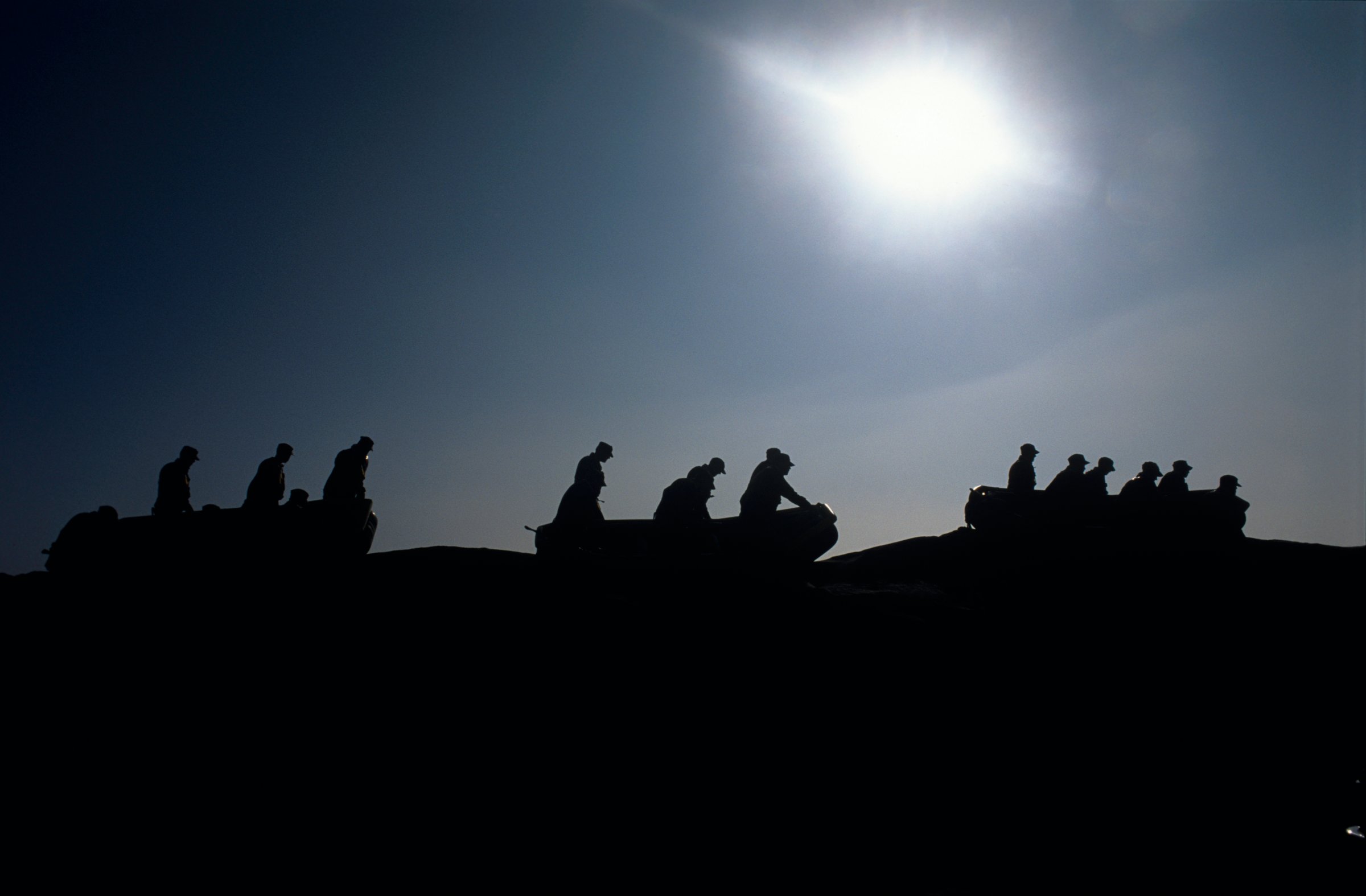
It is deeply ingrained in our military culture that we leave no one behind. At great risk and against all odds, we will do anything and everything to save a fallen buddy or a captured comrade. Within the Navy SEAL teams, it is a sacred covenant. From day one in Basic Underwater Demolition/SEAL training, those aspiring to join this elite band of warriors are taught that you never leave a man behind. In a training regime that is demanding in the extreme, SEAL cadre instructors reserve their harshest punishments for a man who becomes separated from his swim buddy. In the SEAL teams, and indeed all special-operations components, it is axiomatic that a brother warrior is never abandoned.
The Congressional Medal of Honor is our nation’s highest military decoration—reserved for those who at great personal risk go above and beyond the call of duty. It is no wonder that a great many of those who receive the Medal of Honor have earned this distinction because they went to the aid of another in peril. They went back.
This is the incredible story of two Navy SEALs who went back. One braved enemy fire for a buddy and teammate. The other went back for two pilots in enemy-held territory. Both actions represent the pinnacle of courage and selfless service.
During the Vietnam War, in the spring of 1972, American combat aircraft were being routinely shot down as our pilots flew into massed North Vietnamese anti-air defenses. Many pilots were able to escape their crippled aircraft and evade on the ground behind enemy lines. Most were soon killed or captured, but two were lucky; there was a Navy SEAL who came for them.
In April of that year, Lieutenant Tommy Norris led a small team of Vietnamese SEALs into enemy territory to rescue two downed aviators. Dressed as fisherman, they slipped through the North Vietnamese lines, found their pilots and brought them safely back. This feat was replayed in the movie BAT 21, staring Gene Hackman and Danny Glover. Norris tried for a third downed pilot, but the pilot was killed before the lieutenant could get to him. For these actions, Tommy Norris was awarded the Medal of Honor, our highest decoration for bravery.

Six months later in late October of 1972, Norris led a five-man patrol onto an enemy-held beach just south of the North/South Demilitarized Zone. Along with three South Vietnamese SEALs, Norris had another American SEAL with him, Petty Officer Mike Thornton. In the course of the mission, the patrol was compromised, and the five SEALs found themselves confronted by a North Vietnamese Army battalion. In the course of a three-hour running gunfight, two of the South Vietnamese SEALs were wounded. Norris had a round enter his left eye and take out a portion of his skull. He would have died on that beach had not Thornton come back for his lieutenant.
Thornton fought his way back to his downed officer and carried him for a quarter of a mile, under fire, to the water’s edge. Now wounded and in command of the patrol, Petty Officer Thornton got his team out to sea where they were recovered by offshore support craft. For his courageous actions, Mike Thornton received the Medal of Honor. It was the first time in modern history that a recipient received the Medal of Honor for saving the life of another recipient.
While the Vietnam War may seem distant, muddled and even disconnected from our current conflict, valor is the legacy our warriors take with them in today’s fight. Courage, above and beyond, is the coin of the realm. Current wars, even the protracted struggle like the one we are in today, have a way of eventually becoming past wars. The reasons for the fighting, resolved or unresolved, fade with time. But gallantry of those who serve is timeless.
Mike Thornton and Tommy Norris are now members of a shrinking band of brothers; there are currently only 79 living Medal of Honor recipients. Each year, that number grows smaller–and according to Tommy and Mike, that is a very good thing. Courageous acts for which the Medal of Honor is awarded must take place in armed combat. Those who wear the Medal know that fewer recipients mean fewer Americans at risk and in harm’s way.
Adapted from By Honor Bound: Two Navy Seals, the Medal of Honor, and a Story of Extraordinary Courage, copyright © 2016 by Tom Norris and Mike Thornton with Dick Couch. First hardcover edition published May 17, 2016, by St. Martin’s Press. All rights reserved.
More Must-Reads from TIME
- Donald Trump Is TIME's 2024 Person of the Year
- Why We Chose Trump as Person of the Year
- Is Intermittent Fasting Good or Bad for You?
- The 100 Must-Read Books of 2024
- The 20 Best Christmas TV Episodes
- Column: If Optimism Feels Ridiculous Now, Try Hope
- The Future of Climate Action Is Trade Policy
- Merle Bombardieri Is Helping People Make the Baby Decision
Contact us at letters@time.com